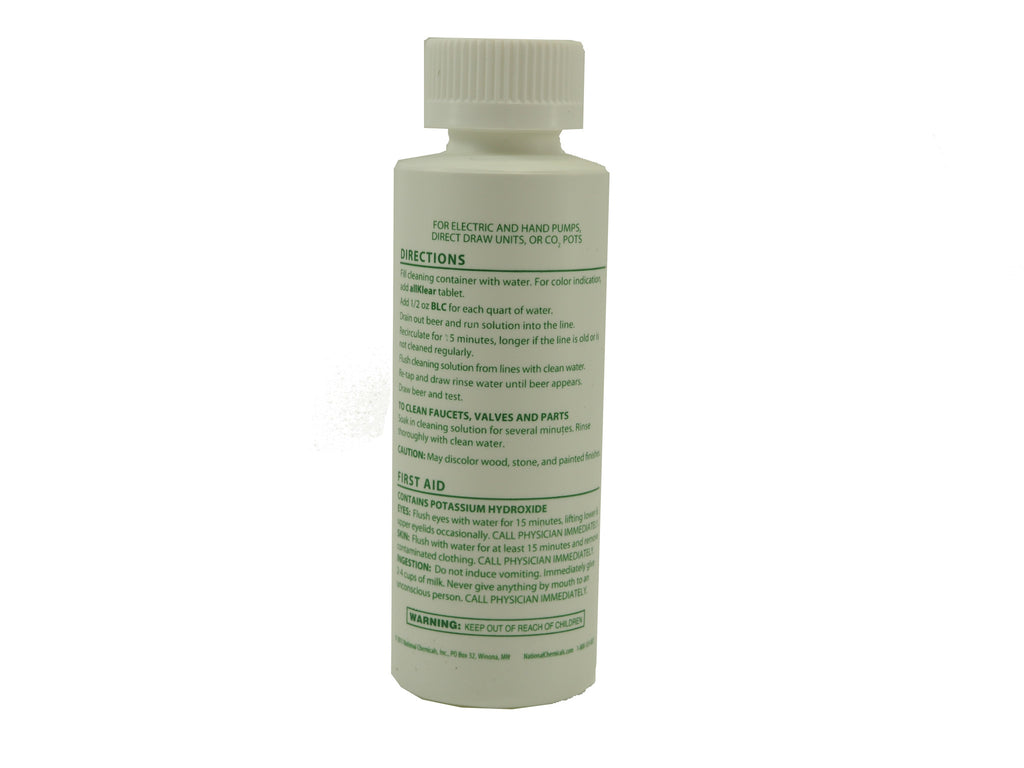Yeah, I went to bed pretty upset about this. I was going to give them a chance to fix it, but was not really trusting them after seeing this... just went and was reviewing my order info before I called them... apparently I'm an idiot, and somehow selected the wrong shanks. I picked stainless on almost everything in the kit I bought, but must have missed a dropdown somewhere on the shanks.
Looks like this one was entirely my fault... :smack:
Back to Keg Connection to order the right thing.
Not entirely your fault. It's partially due to KegConnection's crazy website using drop downs for mixed products, chrome and SS at various lengths. Chi Company is even worse, more convoluted and error prone. Clarity people, helps eliminating errors!



